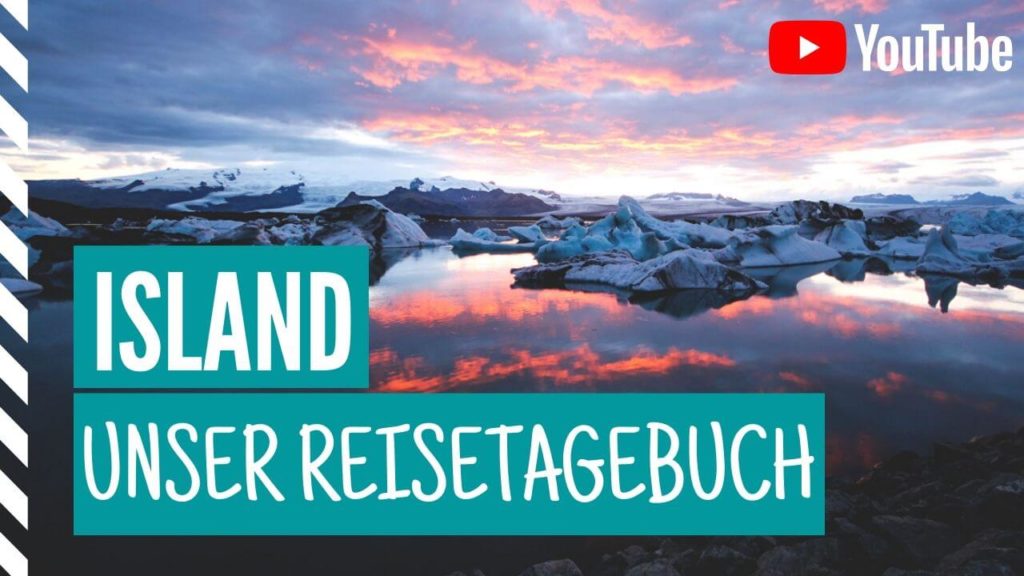You can generally travel to Iceland year-round. And you’re sure to have a wonderful trip, whether you arrive in spring, summer, fall, or winter. We thoroughly enjoyed our Iceland tour and were very lucky with the weather. However, the best time to visit Iceland depends on what you want to do on the island. Do you want to see the Northern Lights, go whale-watching, drive to the highlands, or explore the Ring Road? In the following article, we’ll tell you everything about the best time to travel to Iceland, the climate, weather changes, and give you useful tips.
Other important Iceland topics:
- Driving in Iceland
- Camping in Iceland
- Sights of Iceland
- Currency in Iceland
- Preparation & Tips
- Routes for 7 and 14 days
- Costs for our trip
- Our Iceland country page
- The South of Iceland
- The Vatnsnes Peninsula
- The North of Iceland
- The East of Iceland
- The Westman Islands
- The Southeast of Iceland
- Reykjavik Highlights & Tips
- The Golden Circle
- Other important Iceland topics:
- Climate & Best time to travel to Iceland
- Best time to travel depending on the activity
- Optimal time to see the Northern Lights
- Best time to travel for whale watching
- Climate in winter in Iceland
- Best time to travel to the highlands
- Puffins in Iceland
- Best time to travel to Iceland – Our conclusion
- Our travel diary on YouTube
Climate & best time to travel to Iceland
Iceland has four seasons, just like we do here. However, you might even experience all four seasons in just one trip. While it might storm and snow one month, the sun might shine the next. In Iceland, they say, “If you don’t like the weather, wait five minutes.” It’s also not consistently cold in Iceland, which is what we initially thought. Just like you might think it only rains in London. In September, we experienced temperatures ranging from 2°C to 24°C – and that in late summer and early autumn. The island showed off one of its most beautiful sides: vibrant colors and lush landscapes.
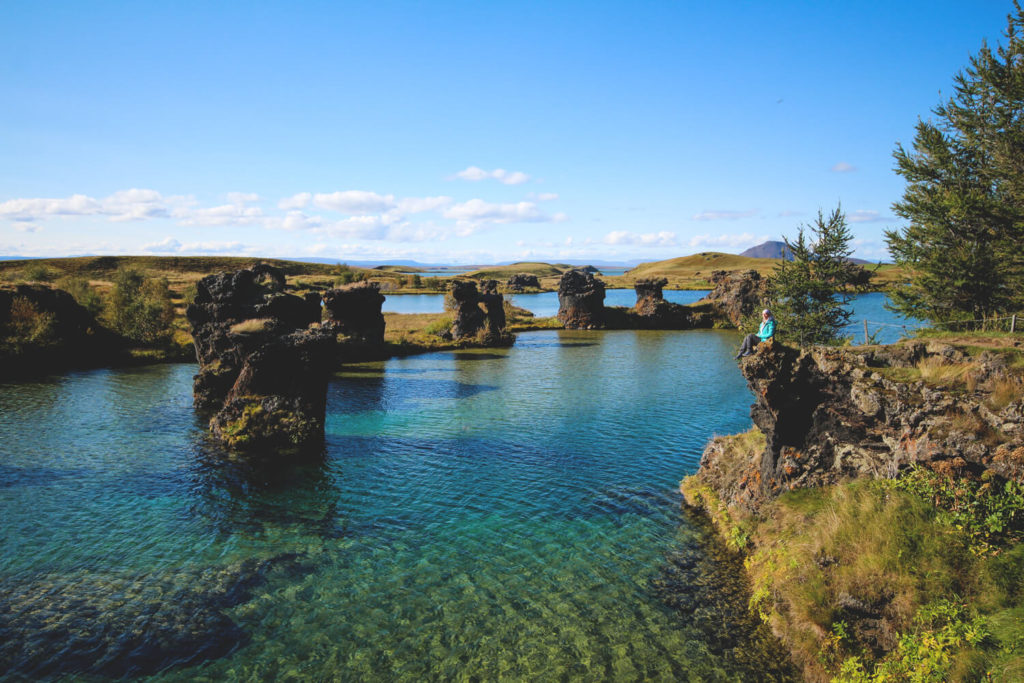
The climate in Iceland is relatively mild, thanks to the Gulf Stream. This is precisely what brings warmth from the Caribbean to the coast of Iceland. However, because the mild air from the Caribbean meets the cold air from the Atlantic at precisely this time, Iceland’s weather is often subject to sudden changes. Windy and stormy days are not uncommon on the island. Iceland is also located directly above one of the Earth’s absolute “hot spots.” There are many hot springs, geysers, mud pools, and volcanoes. In Iceland, summers are cool and winters are mild. The south of the island is warmer thanks to the Gulf Stream than in the northeast and southwest, where the Greenland Current brings cooler temperatures.
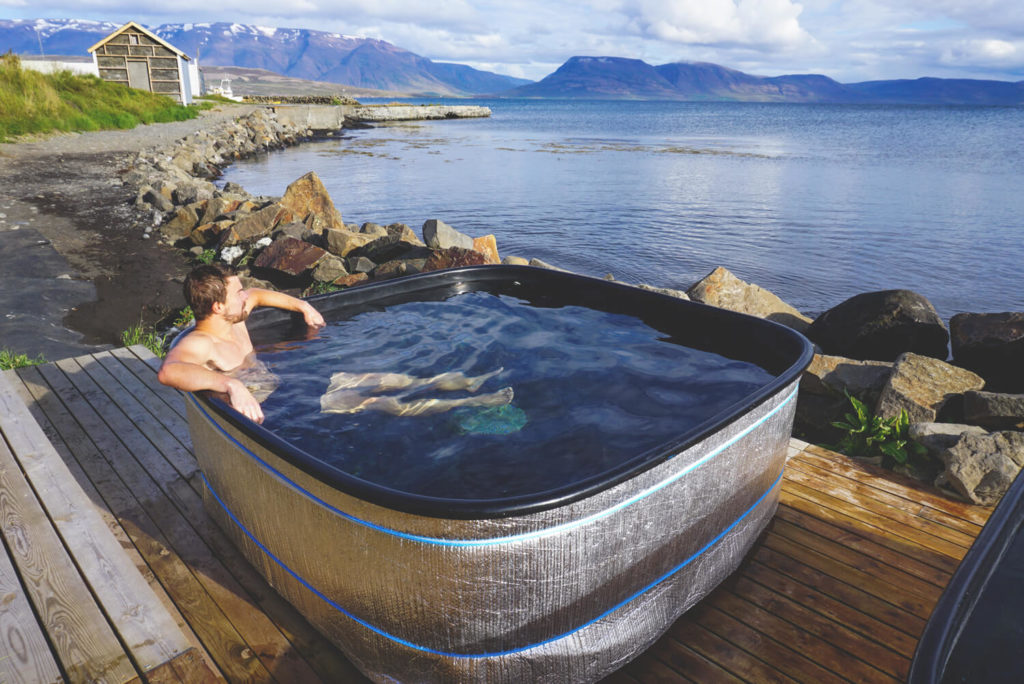
Best time to visit Iceland in summer
The best time to visit Iceland is during the summer months. This is when there is the least rainfall, with temperatures up to 15°C. Temperatures naturally vary depending on the region. So, it’s quite possible that you’ll experience a day as low as 7°C or even over 20°C. In winter, temperatures drop to as low as 0°C. However, it is warmer on the coasts than inland. Important for you: The roads to the highlands are usually closed from September to June/July.
Best time to travel depending on the activity
Optimal time to see the Northern Lights
Seeing the Northern Lights once in a lifetime. Who doesn’t dream of that? To be honest, we didn’t expect to see them during our Iceland tour. The best time to see the Northern Lights is said to be the winter months from October to March. But we were lucky and were able to observe the dancing lights in the sky above Skaftafell National Park in south Iceland in mid-September. While not as intense or strong, we did see them.

An incredible experience. During the winter season, the chances of spotting the Northern Lights are significantly higher. Unfortunately, there are no guarantees. We recommend the website vedur.is, where you can check the forecasts. The best conditions are cold, dark, and clear polar nights. If the sky is overcast, the chances of seeing the beautiful lights are slim.
Best Time for Whale Watching
We were very lucky and were able to spot some large humpback whales during a whale-watching tour. We spontaneously hopped on a boat at the last minute in Hauganes. Popular spots for whale-watching tours are Husavik, Akyrei, Reykjavik, the Westfjords, and the Snaefellsnes Peninsula. Here, you have the chance to see dolphins, fin whales, humpback whales, minke whales, blue whales, and occasionally even orcas.

The whale-watching season is between the beginning of June and the end of August; blue whales are most likely to be seen between the end of June and the beginning of August. We were in Iceland for the first two weeks of September and also spotted whales. The best time to go whale-watching is therefore summer, with the months of June, July, and August. With luck, you might also see these giants of the sea in May, September, and October.
Winter Climate in Iceland
Not only are the summers beautiful in Iceland, the winters are also said to have their own charm. The winters in Iceland are mild and not as bad as you might think. Although the thermometer often drops to 0°C, winter in Iceland still has a charm all its own. Just imagine how beautiful Iceland’s wild landscapes look in winter – waterfalls and lakes are frozen, mountains are covered in snow. If you like adventure, you should travel to Iceland in winter.
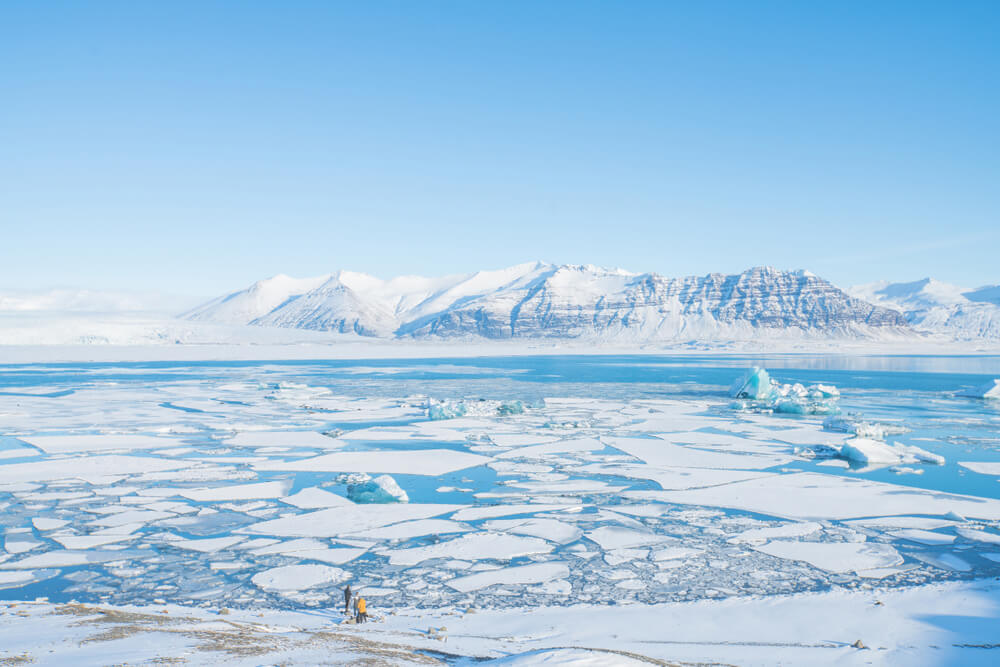
You can warm up in the wonderful thermal baths, which you can find almost everywhere on the island. Very important: In winter, there are often only 5 hours of daylight. The days only start to get longer again from March onwards. In addition, many roads can be closed due to snowstorms, which may require you to change your planned route.
Best Time to Travel to the Highlands
Are you planning a trip to the Highlands? Then you should know that the highland roads (F-Roads) are usually only open from the end of June/mid-July until September. This always depends on the weather conditions. Outside of these months, you can only reach the Highlands on guided tours. Special super jeeps take you on adventurous expeditions. These tours are offered between June and April.
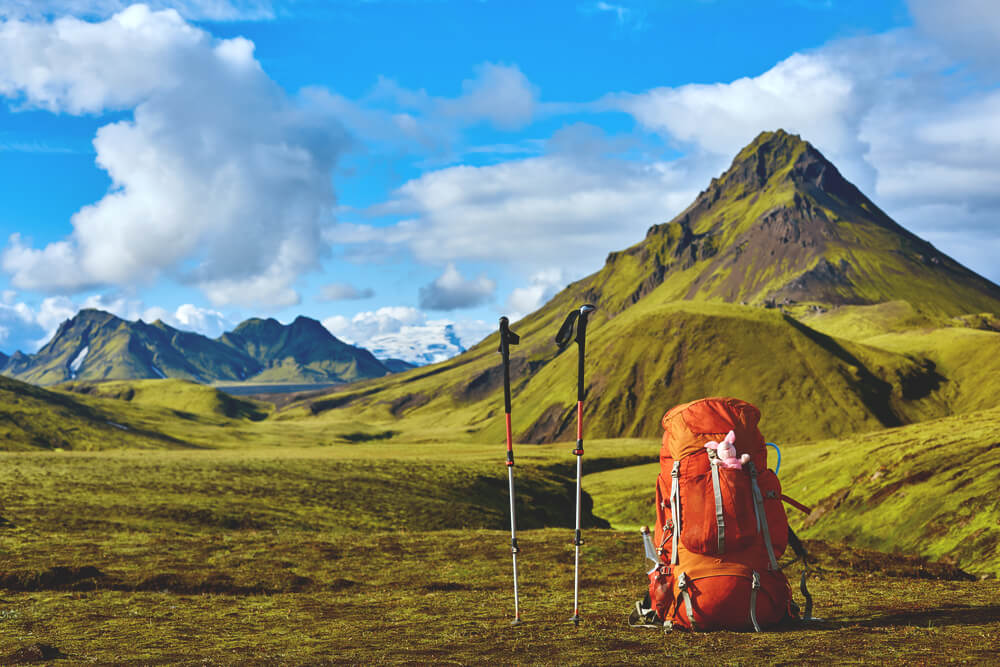
Puffins in Iceland
Are you wondering when the best time to see the cute little puffins in Iceland is? The best time to visit is summer. The birds arrive in mid-to-late April and stay until August (you can sometimes see them as late as September). It’s impossible to predict exactly. When the puffins aren’t on land, they spend the rest of their time out at sea. In April, the courtship season begins, and the birds come ashore together, building burrows in the cliffs and rock faces. You should head to the puffin spots early in the morning or in the late afternoon. This is the time of day when you have the best chance of seeing them on land.
- Ingólfshöfði
- Westman Islands
- Borgarfjarðarhöfn
- Hafnarhólmi
- Island of Grímsey
- Island Lundey
- Látrabjarg Westfjords
- Cliffs near Krysuvikurberg
- Islands of Akurey or Viðey

Best travel time Iceland – Ours Conclusion
The best time to travel to Iceland depends on what you want to see and do on the island. If you want to have a good chance of seeing the Northern Lights, you should travel between October and March. If you want to circumnavigate the island in good weather, we recommend the months of June to September. But be careful: July and August are Iceland’s absolute peak season.
You should book rental cars, flights, and accommodations several months in advance. Prices are correspondingly high, and you’ll also have to share the many highlights with significantly more tourists. The period between May and the end of July is particularly popular, when the sun stays above the horizon for up to 22 hours. It doesn’t really get dark during this time. The days are therefore almost endless, and the nights are incredibly short.
Our travel diary on YouTube
